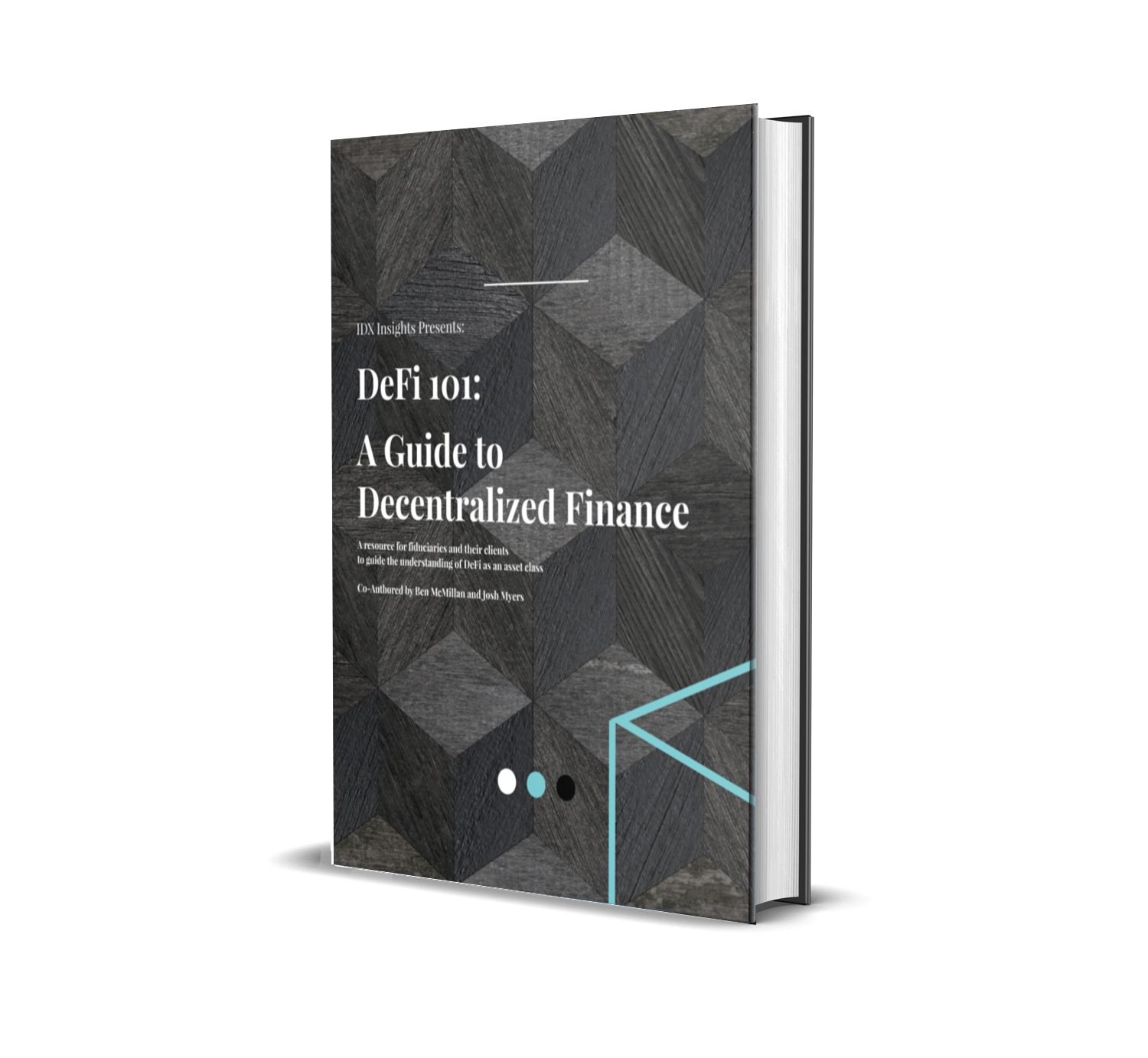Aave: The Leader in Decentralized Borrowing and Lending
Solana at a Glance
Co-Founded by Anatoly Yakovenko in 2017, Solana is a high-performance, permissionless layer 1 blockchain that aims to achieve scalability through implementing several novel design mechanisms. Existing blockchains, such as Ethereum, can only process 15 transactions per second. This limitation often results in a congested network, and the ramifications are exponentially rising transaction fees as well as slowed confirmation time on transactions. Solana’s goal is to solve these issues by implementing several unique designs.
Solana has 8 key innovations that allow it to perform as one of the fastest, cheapest blockchains despite rising demand and usage. The in-depth analyses of these innovations can be found here, written by Anatoly Yakovenko. Solana differs from Ethereum starkly and requires a different programming language to build on. This means all new infrastructure must be developed from the ground up, something Ethereum began in 2014.
In summary, these innovations allow the current state of Solana to sufficiently process 2,000+ transactions per second, without the threat of exponential rising transaction fees. In time, as processing chips become more advanced due to Moore’s Law, the Solana network’s throughput capabilities will tenfold, allowing it to potentially achieve 50,000+ transactions per second.
In 2021, Solana saw exponential growth within several key areas. This growth can be seen by the increase of wallet address, Total Value Locked (TVL), and Solana’s market capitalization.
The Solana Ecosystem
Solana’s Ecosystem in March of 2021 was nascent. Roughly, $150 Million of Total Value Locked blew up to $15 Billion Total Value Locked by December of 2021. Currently, the ecosystem holds about $7 Billion in Total Value amongst many different applications built on Solana.
Nearing close to 100 applications, Solana has seen a great influx in the past couple months of developers building these applications. This growth is important to overall adoption, since if there is nothing to use on Solana, then less users are inclined to migrate.
Some of the top Applications on Solana are:
- Raydium, an Automated-Market Maker (AMM), with a purpose of providing deeply liquid markets for users to exchange assets.
- Solend, a Borrow/Lending application, allows users to deposit collateral and use this collateral to borrow other digital assets.
- Jupiter Aggregator, a cross-platform exchange aggregator, is a key solution that allows to find the best rate across all markets on Solana for their assets they wish to exchange.
Managing to attract tens of thousands of world class computer programmers and the interest of retail and institutional investors is not an easy task. The Solana Labs Development Team has proven they are up to the challenge and continue to innovate through all obstacles. The Blockchain Industry is just beginning, and nobody knows who the winners will be in the long run.
Solana’s disruptive and innovative designs make it a top contender in today’s market. Currently, many eyes are on Solana as a competitor to Ethereum’s 2.0, which has taken a prolonged time to roll out. Understanding the fast-paced nature of crypto is important and properly diversifying amongst several of the top performers can help investors’ portfolios.
FEATURED EDUCATION
DeFi 101: A Guide to Decentralized Finance
Decentralized Finance, or DeFi, has been rapidly gaining traction amongst the investment community. DeFi protocols, like Solana, Chainlink, or Uniswap, have real-world utility (and revenues) that are quickly displacing their traditional counterparts that require intermediaries to function.
In this digital resource, we’ll cover:




